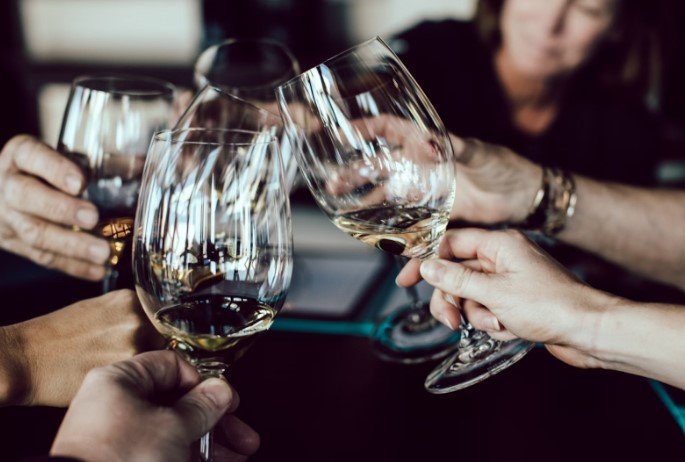Entering the underground world of champagne cellars, one often imagines a storied tradition preserved in silence, where tried and trusted techniques are sacrosanct. However, the reality is far more effervescent—today’s champagne producers are like master alchemists, combining tradition with the art of experimentation to create a brew that not only pays homage to the past but also trails brightly into the future. Some people love wines from Campo Viejo, some people love whisky, but it’s interesting to learn about the drinks we love as a nation.
The Alchemy of Experimental Methods
In the heart of Champagne, the winemakers’ quest for the perfect bubble has led them to experiment with cutting-edge methods and techniques traditionally associated with other culinary crafts. Biodynamic farming, frequently compared to an esoteric art in the wine industry, is gaining recognition in vineyards. This comprehensive method, viewing the farm as a self-sufficient ecosystem, impacts the grapes profoundly. It infuses the end result with a terroir-specific, innate vitality. It’s similar to capturing the quintessence of the French countryside in every glass.
Similarly, the pioneers in the champagne sector have embraced natural fermentation, fostering the growth of indigenous yeasts in the region. This approach, relatively unorthodox in a region that has long been guided by specific yeast strains, holds the promise of a more authentic champagne, reflecting a truer expression of the land. With a bouquet as diverse as the flowers that grow in the fields, these natural champagnes captivate with their complexity and uniqueness.
We cannot overlook the ageing process—the under-celebrated champion of champagne production. New techniques such as ‘zero dosage,’ where no sugar is added after disgorging, is gaining ground, offering a drier, more honest champagne that delights the palate with a refined, crystalline taste. Each of these experimental techniques is more than a deviation from the historical method; they are a testament to the resilience and adaptability of champagne as an art form—ever-changing, yet perpetually beloved.
Trends That Pop
Emerging trends in champagne production are like flavours waiting to be discovered—low-intervention winemaking, championing the purest grape expression; organic practices, taking strides towards a healthier, more sustainable future; and the rise of single-vineyard champagnes, which is similar to Champagne’s version of single-malt scotch, highlighting the nuance of individual plots of land.
These trends are not just passing fancies but rather seismic shifts in the way we perceive and consume champagne. They reflect a modern sensibility, an informed palate that craves authenticity and a connection to the essence of what is being imbibed.
With each trend, we see the ballet of bubbles take on new forms, new colours, new textures, heralding a magnificent age where innovation and tradition are perfectly chilled, ready to be shared with a world that thirsts for the new and the extraordinary.
All in all, the future of champagne-making is a symphony of bubbles rising to meet the relentless sky—a testament to the passion and spirit of all those who refuse to be bound by convention. In their daring, we find new delights, and with each celebratory clink of the glass, we toast to the ingenuity that fills our cup.
